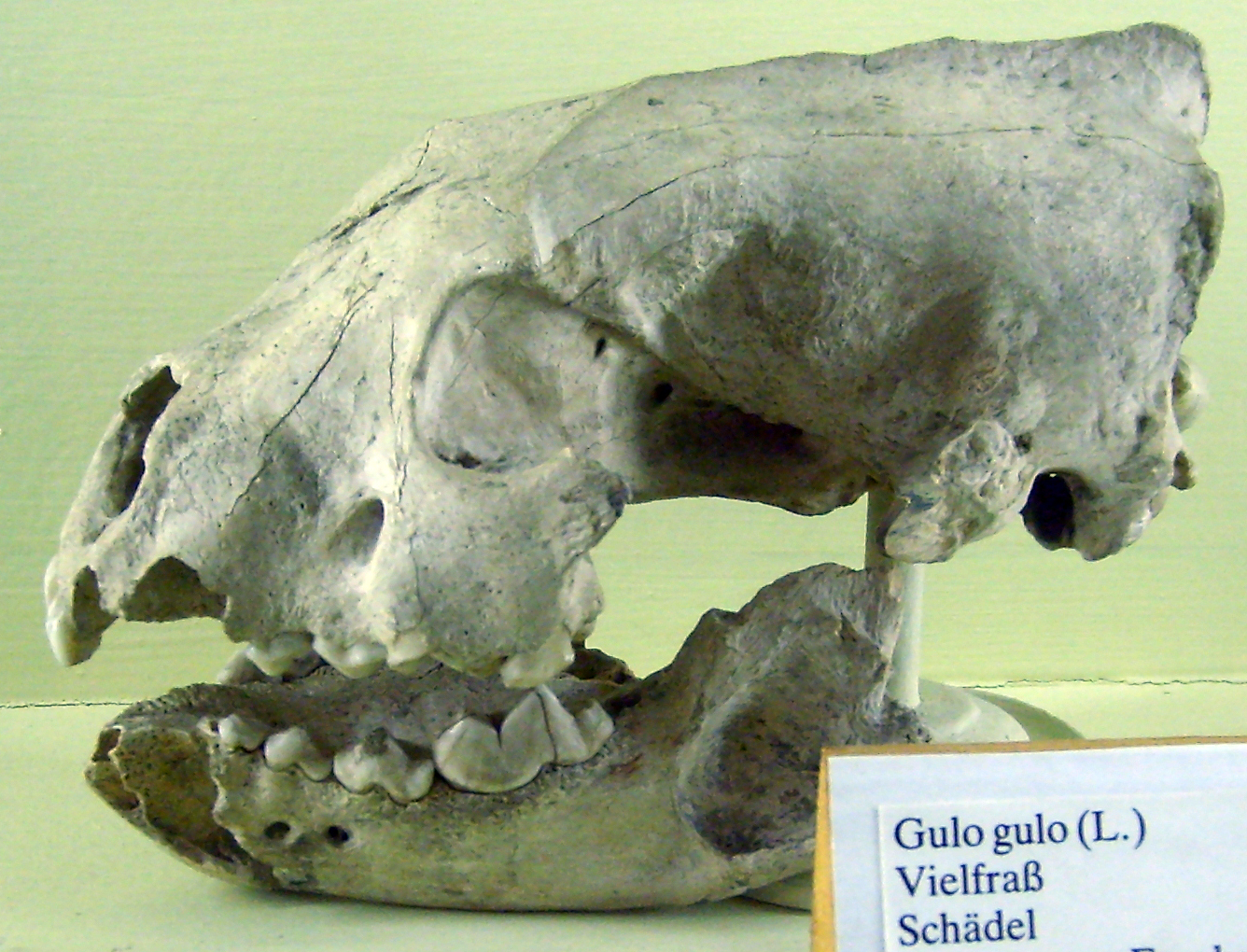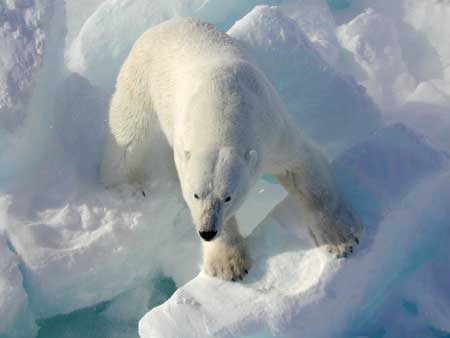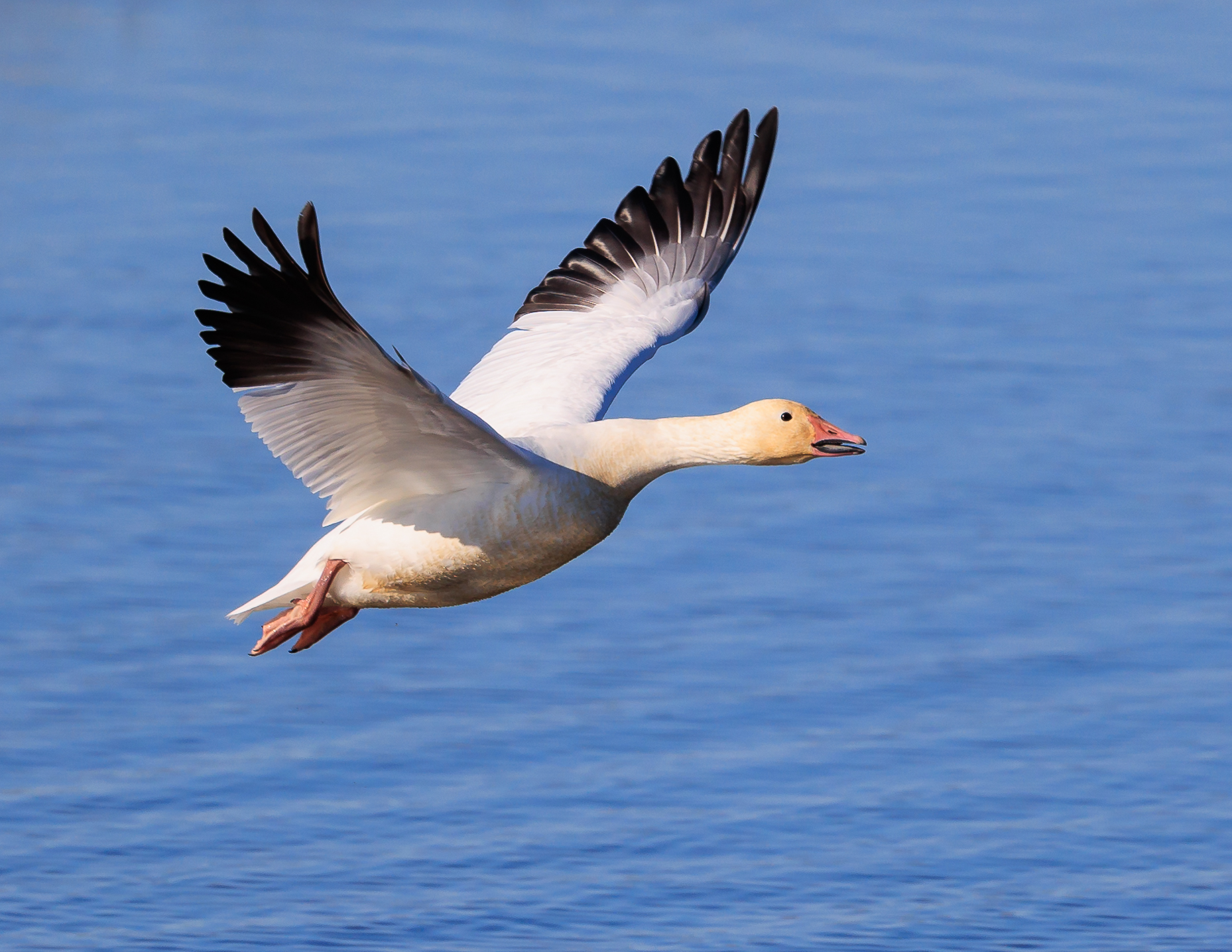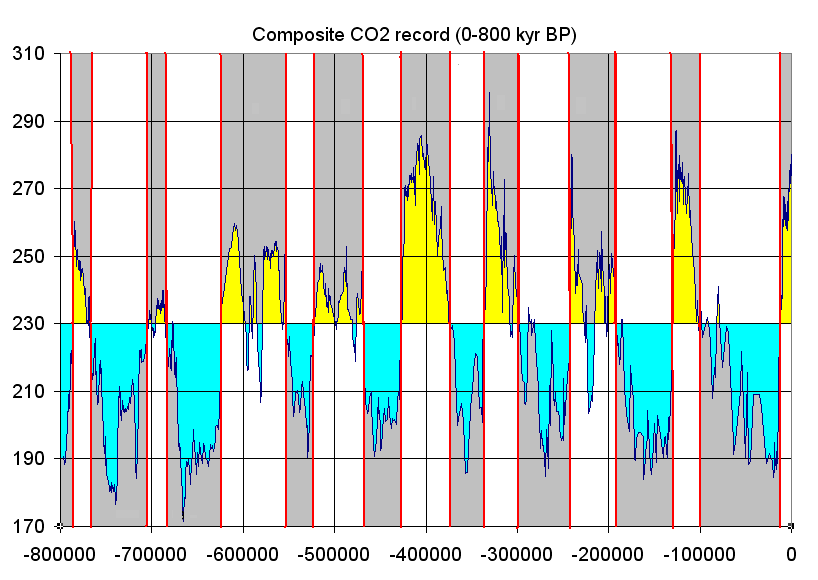|
Hudson Bay Lowland
The Hudson Bay Lowlands is a vast wetland located between the Canadian Shield and southern shores of Hudson Bay and James Bay. Most of the area lies within the province of Ontario, with smaller portions reaching into Manitoba and Quebec. Many wide and slow-moving rivers flow through this area toward the saltwater of Hudson Bay: these include the Churchill, Nelson and Hayes in Manitoba, Severn, Fawn, Winisk, Asheweig, Ekwan, Attawapiskat, and Albany in Ontario, and the Harricana, Rupert and Eastmain in Quebec. This is the largest wetland in Canada, and one of the largest in the world.Abraham, K.F. and C.J. Keddy. The Hudson Bay Lowland. Pages 118–148 in L.H. Fraser and P.A. Keddy (eds.). 2005. The World's Largest Wetlands: Ecology and Conservation. Cambridge University Press, Cambridge, UK. 488 p. The region can be subdivided into three bands running roughly northwest to southeast: the Coastal Hudson Bay Lowland (a narrow band along the northern coast), Hudson Bay Lowlan ... [...More Info...] [...Related Items...] OR: [Wikipedia] [Google] [Baidu] |
Wetland
A wetland is a distinct ecosystem that is flooded or saturated by water, either permanently (for years or decades) or seasonally (for weeks or months). Flooding results in oxygen-free (anoxic) processes prevailing, especially in the soils. The primary factor that distinguishes wetlands from terrestrial land forms or Body of water, water bodies is the characteristic vegetation of aquatic plants, adapted to the unique anoxic hydric soils. Wetlands are considered among the most biologically diverse of all ecosystems, serving as home to a wide range of plant and animal species. Methods for assessing wetland functions, wetland ecological health, and general wetland condition have been developed for many regions of the world. These methods have contributed to wetland conservation partly by raising public awareness of the functions some wetlands provide. Wetlands occur naturally on every continent. The water in wetlands is either freshwater, brackish or saltwater. The main wetland typ ... [...More Info...] [...Related Items...] OR: [Wikipedia] [Google] [Baidu] |
Harricana River
The Harricana River (french: Rivière Harricana) (also known as Harricanaw River) is a river in western Quebec and northeastern Ontario, Canada. It is long, has a drainage area of , and has a mean discharge of . While 80% of its drainage area is in Quebec, the river flows for a short distance through Ontario before it ends in Hannah Bay off James Bay. Because of its undeveloped nature, easy upstream access, and the possibility to paddle to and take out at Moosonee, the Harricana River is popular for canoeing trips to James Bay. Geography The Harricana originates at Lake Blouin just north of Val-d'Or. From here De Montigny and Lemoine Lakes add to it before it flows through a series of lakes such as Malartic, La Motte, and Figuery Lakes. After flowing through the town of Amos, one more significant lake follows: Lake Obalski. North of Amos the river crosses lush boreal forests, where extensive logging takes place. Toward its mouth at Hannah Bay, the forest gradually decr ... [...More Info...] [...Related Items...] OR: [Wikipedia] [Google] [Baidu] |
Anser Caerulescens CT8
{{disambiguation ...
Anser may refer to: People * Anser (poet), poet of ancient Rome * Anser Farooq, Canadian lawyer Other uses * ANSER, a security and defense analysis group * ''Anser'' (bird), a genus of geese * Anser (putter), a model of golf club made by Ping * Anser Island, in Victoria, Australia * ACME Anser, an amphibious jet fighter project of the 1950s * Anser, the proper name of the star Alpha Vulpeculae * Argonne–Northwestern Solar Energy Research Center * Sega Mega Anser, a Sega Mega Drive accessory See also * Ansar (other) * Answer (other) Answer commonly refers to response to a question. Answer may also refer to: * Answer (law), any reply to a question, counter-statement or defense in a legal procedure Music * Answer, an element of a fugue Albums * ''Answer'' (Angela Aki album ... [...More Info...] [...Related Items...] OR: [Wikipedia] [Google] [Baidu] |
Southern Hudson Bay Taiga Map
Southern may refer to: Businesses * China Southern Airlines, airline based in Guangzhou, China * Southern Airways, defunct US airline * Southern Air, air cargo transportation company based in Norwalk, Connecticut, US * Southern Airways Express, Memphis-based passenger air transportation company, serving eight cities in the US * Southern Company, US electricity corporation * Southern Music (now Peermusic), US record label * Southern Railway (other), various railways * Southern Records, independent British record label * Southern Studios, recording studio in London, England * Southern Television, defunct UK television company * Southern (Govia Thameslink Railway), brand used for some train services in Southern England Media * ''Southern Daily'' or '' Nanfang Daily'', the official Communist Party newspaper based in Guangdong, China * '' Southern Weekly'', a newspaper in Guangzhou, China * Heart Sussex, a radio station in Sussex, England, previously known as "Southern ... [...More Info...] [...Related Items...] OR: [Wikipedia] [Google] [Baidu] |
Wolverines
The wolverine (), (''Gulo gulo''; ''Gulo'' is Latin for " glutton"), also referred to as the glutton, carcajou, or quickhatch (from East Cree, ''kwiihkwahaacheew''), is the largest land-dwelling species of the family Mustelidae. It is a muscular carnivore and a solitary animal. The wolverine has a reputation for ferocity and strength out of proportion to its size, with the documented ability to kill prey many times larger than itself. The wolverine is found primarily in remote reaches of the Northern boreal forests and subarctic and alpine tundra of the Northern Hemisphere, with the greatest numbers in Northern Canada, the U.S. state of Alaska, the mainland Nordic countries of Europe, and throughout western Russia and Siberia. Its population has steadily declined since the 19th century owing to trapping, range reduction and habitat fragmentation. The wolverine is now essentially absent from the southern end of its range in both Europe and North America. Taxonomy Genetic ev ... [...More Info...] [...Related Items...] OR: [Wikipedia] [Google] [Baidu] |
Polar Bears
The polar bear (''Ursus maritimus'') is a hypercarnivorous bear whose native range lies largely within the Arctic Circle, encompassing the Arctic Ocean, its surrounding seas and surrounding land masses. It is the largest extant bear species, as well as the largest extant land carnivore. A boar (adult male) weighs around , while a sow (adult female) is about half that size. Although it is the sister species of the brown bear, it has evolved to occupy a narrower ecological niche, with many body characteristics adapted for cold temperatures, for moving across snow, ice and open water, and for hunting seals, which make up most of its diet. Although most polar bears are born on land, they spend most of their time on the sea ice. Their scientific name means "maritime bear" and derives from this fact. Polar bears hunt their preferred food of seals from the edge of sea ice, often living off fat reserves when no sea ice is present. Because of their dependence on the sea ice, pol ... [...More Info...] [...Related Items...] OR: [Wikipedia] [Google] [Baidu] |
Snow Goose
The snow goose (''Anser caerulescens'') is a species of goose native to North America. Both white and dark morphs exist, the latter often known as blue goose. Its name derives from the typically white plumage. The species was previously placed in the genus ''Chen'', but is now typically included in the "gray goose" genus ''Anser''. Snow geese breed north of the timberline in Greenland, Canada, Alaska, and the northeastern tip of Siberia, and spend winters in warm parts of North America from southwestern British Columbia through parts of the United States to Mexico. Snow goose populations increased dramatically in the 20th century. Taxonomy In 1750 the English naturalist George Edwards included an illustration and a description of the snow goose in the third volume of his ''A Natural History of Uncommon Birds''. He used the English name "The blue-winged goose". Edwards based his hand-coloured etching on a preserved specimen that had been brought to London from the Hudson Bay a ... [...More Info...] [...Related Items...] OR: [Wikipedia] [Google] [Baidu] |
Yellow Rail
The yellow rail (''Coturnicops noveboracensis'') is a small secretive marsh bird, of the family Rallidae that is found in North America. Taxonomy The yellow rail was formally described in 1789 by the German naturalist Johann Friedrich Gmelin in his revised and expanded edition of Carl Linnaeus's ''Systema Naturae''. He placed it with all the coots in the genus '' Fulica'' and coined the binomial name ''Fulica noveboracensis''. Gmelin based his description on the "yellow breasted gallinule" that had been briefly described in 1785 by the Welsh naturalist Thomas Pennant in his book ''Arctic Zoology''. The yellow rail is now placed in the genus '' Coturnicops'' that was erected in 1855 by the English zoologist George Robert Gray. The genus name combines ''coturnix'', the Latin word for a "quail", with ''ōps'', an Ancient Greek word meaning "appearance". The specific epithet ''noveboracensis'' is Latin for New York (''novus'' means "new" and ''Eboracum'' is York, England). Two sub ... [...More Info...] [...Related Items...] OR: [Wikipedia] [Google] [Baidu] |
Wet Meadow
A wet meadow is a type of wetland with soils that are saturated for part or all of the growing season. Debate exists whether a wet meadow is a type of marsh or a completely separate type of wetland. Wet prairies and wet savannas are hydrologically similar. Wet meadows may occur because of restricted drainage or the receipt of large amounts of water from rain or melted snow. They may also occur in riparian zones and around the shores of large lakes. Unlike a marsh or swamp, a wet meadow does not have standing water present except for brief to moderate periods during the growing season. Instead, the ground in a wet meadow fluctuates between brief periods of inundation and longer periods of saturation. Wet meadows often have large numbers of wetland plant species, which frequently survive as buried seeds during dry periods, and then regenerate after flooding. Wet meadows therefore do not usually support aquatic life such as fish. They typically have a high diversity of plant ... [...More Info...] [...Related Items...] OR: [Wikipedia] [Google] [Baidu] |
Peat
Peat (), also known as turf (), is an accumulation of partially decayed vegetation or organic matter. It is unique to natural areas called peatlands, bogs, mires, moors, or muskegs. The peatland ecosystem covers and is the most efficient carbon sink on the planet, because peatland plants capture carbon dioxide (CO2) naturally released from the peat, maintaining an equilibrium. In natural peatlands, the "annual rate of biomass production is greater than the rate of decomposition", but it takes "thousands of years for peatlands to develop the deposits of , which is the average depth of the boreal orthernpeatlands", which store around 415 gigatonnes (Gt) of carbon (about 46 times 2019 global CO2 emissions). Globally, peat stores up to 550 Gt of carbon, 42% of all soil carbon, which exceeds the carbon stored in all other vegetation types, including the world's forests, although it covers just 3% of the land's surface. '' Sphagnum'' moss, also called peat moss, is one of ... [...More Info...] [...Related Items...] OR: [Wikipedia] [Google] [Baidu] |
Glacial Period
A glacial period (alternatively glacial or glaciation) is an interval of time (thousands of years) within an ice age that is marked by colder temperatures and glacier advances. Interglacials, on the other hand, are periods of warmer climate between glacial periods. The Last Glacial Period ended about 15,000 years ago. The Holocene is the current interglacial. A time with no glaciers on Earth is considered a greenhouse climate state. Quaternary Period Within the Quaternary, which started about 2.6 million years before present, there have been a number of glacials and interglacials. At least eight glacial cycles have occurred in the last 740,000 years alone. Penultimate Glacial Period The Penultimate Glacial Period (PGP) is the glacial period that occurred before the Last Glacial Period. It began about 194,000 years ago and ended 135,000 years ago, with the beginning of the Eemian interglacial. Last Glacial Period The last glacial period was the most recent glacial perio ... [...More Info...] [...Related Items...] OR: [Wikipedia] [Google] [Baidu] |
Cambridge
Cambridge ( ) is a university city and the county town in Cambridgeshire, England. It is located on the River Cam approximately north of London. As of the 2021 United Kingdom census, the population of Cambridge was 145,700. Cambridge became an important trading centre during the Roman and Viking ages, and there is archaeological evidence of settlement in the area as early as the Bronze Age. The first town charters were granted in the 12th century, although modern city status was not officially conferred until 1951. The city is most famous as the home of the University of Cambridge, which was founded in 1209 and consistently ranks among the best universities in the world. The buildings of the university include King's College Chapel, Cavendish Laboratory, and the Cambridge University Library, one of the largest legal deposit libraries in the world. The city's skyline is dominated by several college buildings, along with the spire of the Our Lady and the English Marty ... [...More Info...] [...Related Items...] OR: [Wikipedia] [Google] [Baidu] |





.jpg)

